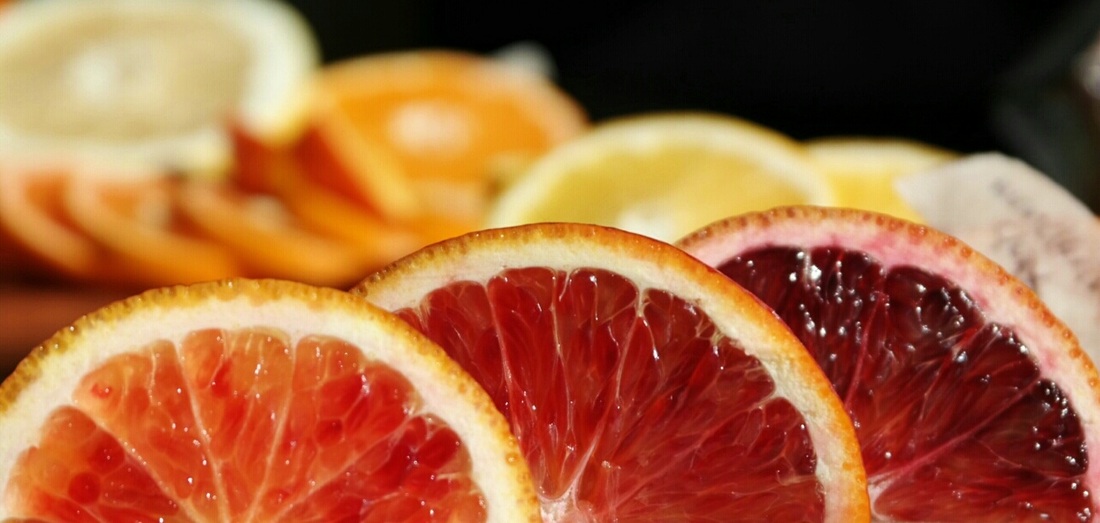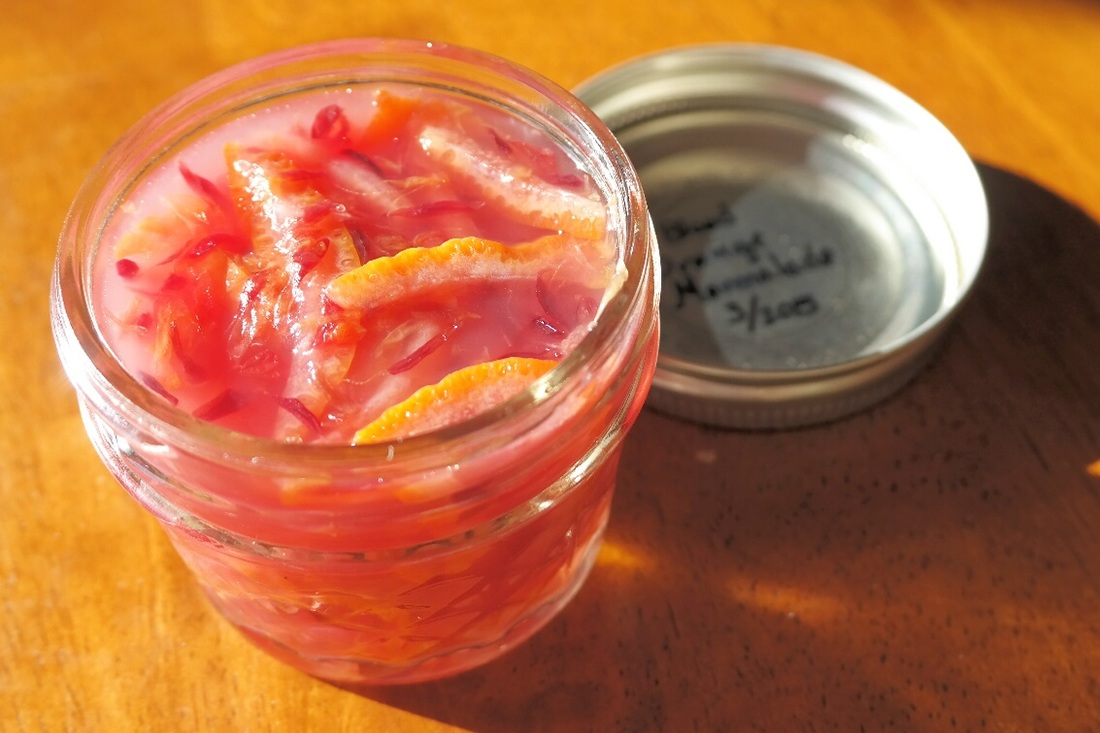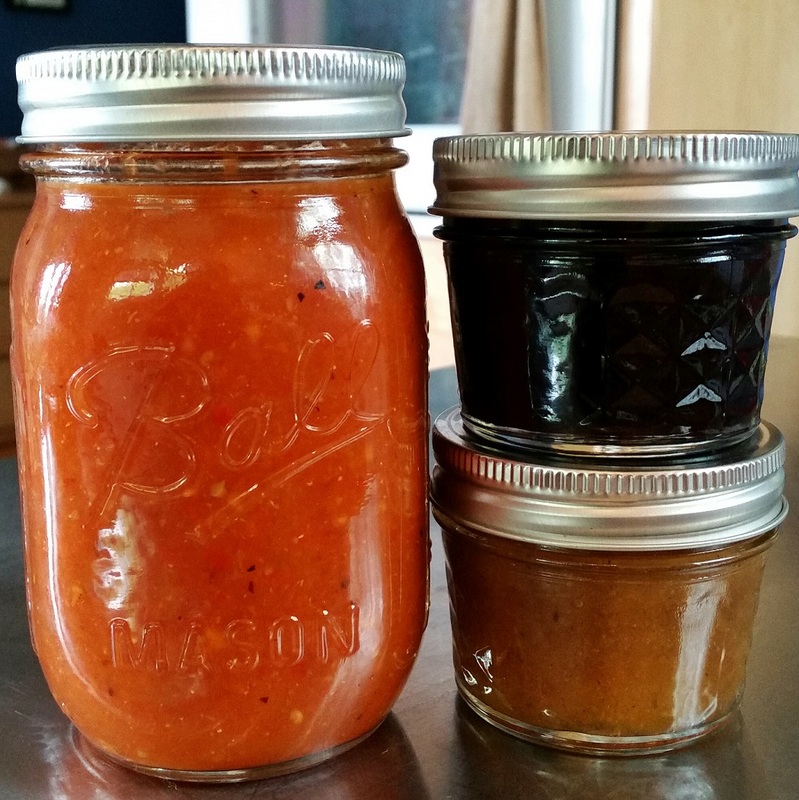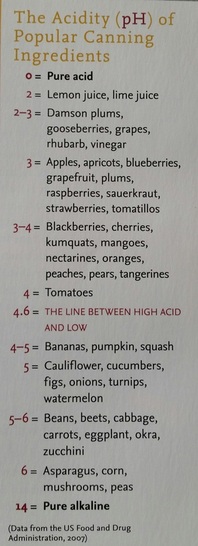You can find every color of a sunset in blood oranges - golden rod, crimson orange, ruby red, purple maroon, and everything in between. They're some of the most beautiful citrus fruits in season right now, and I had to find a way to make them last through the rest of the year.
Orange marmalade is one of my favorite preserves since childhood. There's a sweet zing from the orange and a slight bitterness from the rind that balances all the flavors. Seeing the little bits of orange zest also remind me that this was once a whole fruit, versus the clear jellies where it's made only from juice.
I will admit that the energy and time to create a lovely marmalade is more intensive than the typical fruit preserve, but if you have the time to make it, the results are very rewarding and will last you for many months. Marmalade is a bit tricky because there's a fine line between making sure the flavor balances between flesh sweetness and peel bitterness, all while keeping the marmalade color vibrant. After researching and testing out a few batches of marmalade, I'm proud to say that my recipe combines the best of all my learning and will give you a successful batch of marmalade that's not only delicious but so beautiful in color.
Like I said, marmalade making is energy-intensive so please read the entire recipe before starting! While the recipe below shows how to make the marmalade, instructions on proper canning techniques to store the finished marmalade are on another blog post (click here).
Get ready to put a little crimson orange sunset on your next piece of toast or in your oatmeal!
Like I said, marmalade making is energy-intensive so please read the entire recipe before starting! While the recipe below shows how to make the marmalade, instructions on proper canning techniques to store the finished marmalade are on another blog post (click here).
Get ready to put a little crimson orange sunset on your next piece of toast or in your oatmeal!




